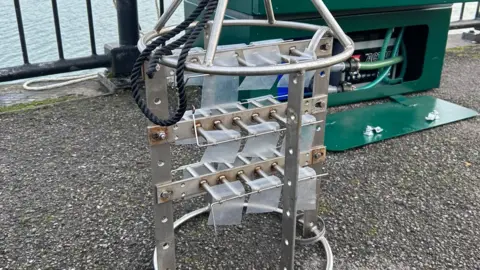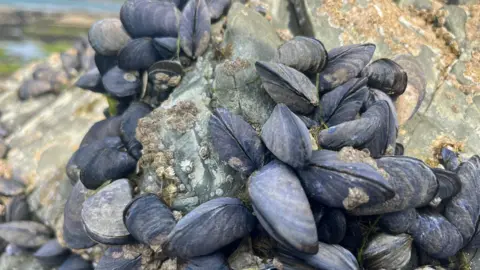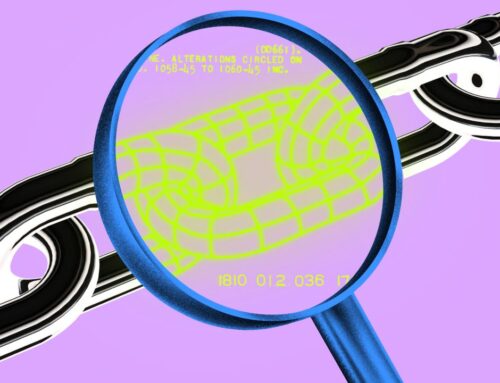Scientists seek new ways to save mussel power in Cornwall
June 12, 2025
New pollution trials to help save mussels
 BBC
BBCScientists from the Environment Agency are exploring new ways to monitor water following a decline in mussels.
Daymer Bay, at the mouth of the Camel estuary in Cornwall, is one of 20 sites around the country where Atlantic Blue mussels play a role in measuring coastal pollution.
Annually, in early spring, mussels are collected and samples tested.
In response to a decline in these shellfish, the Environment Agency is working with other organisations to explore alternatives.
Paul Elsmere, from the Cornwall analysis and reporting team, said mussels are “brilliant” because ” they’re filtering up to 25 litres a day… they bioaccumulate or concentrate those chemicals and substances in their flesh.
“The other important thing is… they don’t break down those chemicals so what you see in the environment is what you see in the mussel flesh as well.”
A decline in the numbers of mussels has been seen throughout the north east Atlantic.
He said factors that impacted this could be climate change, over fishing, predation and chemicals in the water.
 Environment Agency
Environment AgencyMussels from Daymer Bay make their way to a Bodmin lab where they are cleaned, measured and have their flesh removed to be sent to other labs to be analysed.
Scientists are exploring a new technique called passive monitoring which uses thin film membranes to absorb chemicals and pollutants present in the water.
If successful these may replace the need for using mussels.
Mr Elsmere said passive monitoring techniques being trialled in Hampshire were a “promising development”.

The Environment Agency said the effectiveness of passive sampling devices was being compared to other methods.
It said it was working with the Centre for Environment, Fisheries and Aquaculture Science, and if successful it could transform its approach to monitoring chemicals in coastal waters.
Further trials are planned to start in the Plymouth Sound area at the end of this year.
Search
RECENT PRESS RELEASES
Related Post




